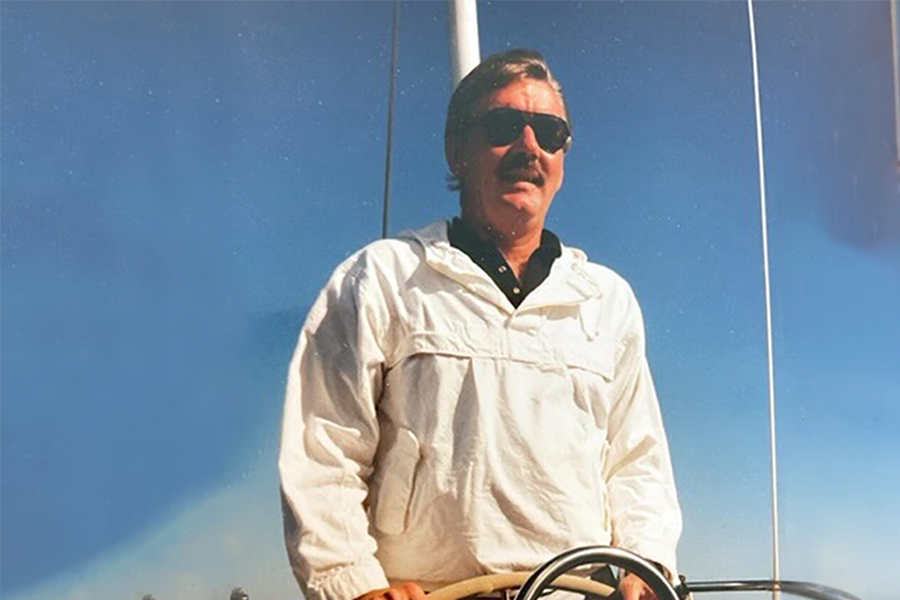John “Jack” Holloway, Project MAC and MIT AI Laboratory researcher, died on July 9. He was 77 years old.
As an early artificial intelligence innovator, Holloway was considered one of the most respected hackers in Marvin Minsky’s laboratory. During his time at the CSAIL predecessor, he worked on incorporating perception and intelligence into machines. His later work included the design of circuits for very large-scale integration, electronic computer-aided design systems, and computer graphics.
Holloway’s vision is exemplified through his contributions towards influential MIT projects: the Incompatible Timesharing System (ITS), an operating system that hosted many influential programs, and LISP, one of the oldest programming languages still in use. At Project MAC, he assisted with both, helping develop the Maclisp dialect of LISP on ITS. Additionally, he designed a dedicated chess processor, the Chess-orientated Processing System.
Holloway and former MIT researchers Tom Knight and Richard Greenblatt were some of the early visionaries who saw the potential of LISP to run artificial intelligence programs, improving the completion of tasks like manipulating data strings. AI research required large amounts of computing power in the 70s, so the team set out to develop hardware that could run LISP code more efficiently. Their efforts to build the first LISP machines were successful, resulting in the first commercial single-user workstations.
Taking his knack for architecting this hardware further, Holloway co-founded Symbolics in 1980, which became the industry leader in LISP machine performance while registering the first .com domain. His acumen within commercial computing grew: in 1996, Holloway co-founded Epigram, where he served as CTO while helping develop a 10mbps phone line networking. After the company was acquired by Broadcom, Holloway contributed to 54 Mbps 802.11g WiFi, a wireless standard that proved useful in improving internet delivery speeds.
Knight, Ginkgo Bioworks co-founder, and Gerald Jay Sussman, the Panasonic Professor of Electrical Engineering, fondly recall working with Holloway on Chaosnet, which was an early local area network technology, and the Scheme-79 chip, which was the first major AI chip made in MIT’s AI Lab. According to Sussman, Holloway was willing to do any part of the work to get the job done.
Holloway was also an avid sailor and photographer who was cherished for his technical creativity, sense of humor, and love for his family and friends. Holloway is survived by his wife, Anne, as well as their son Michael, his son Nathaniel, brother Peter, and colleagues. Gifts in memory of Holloway can be sent to the Michael J. Fox Foundation, a cause for which Jack and Anne shared a commitment.
